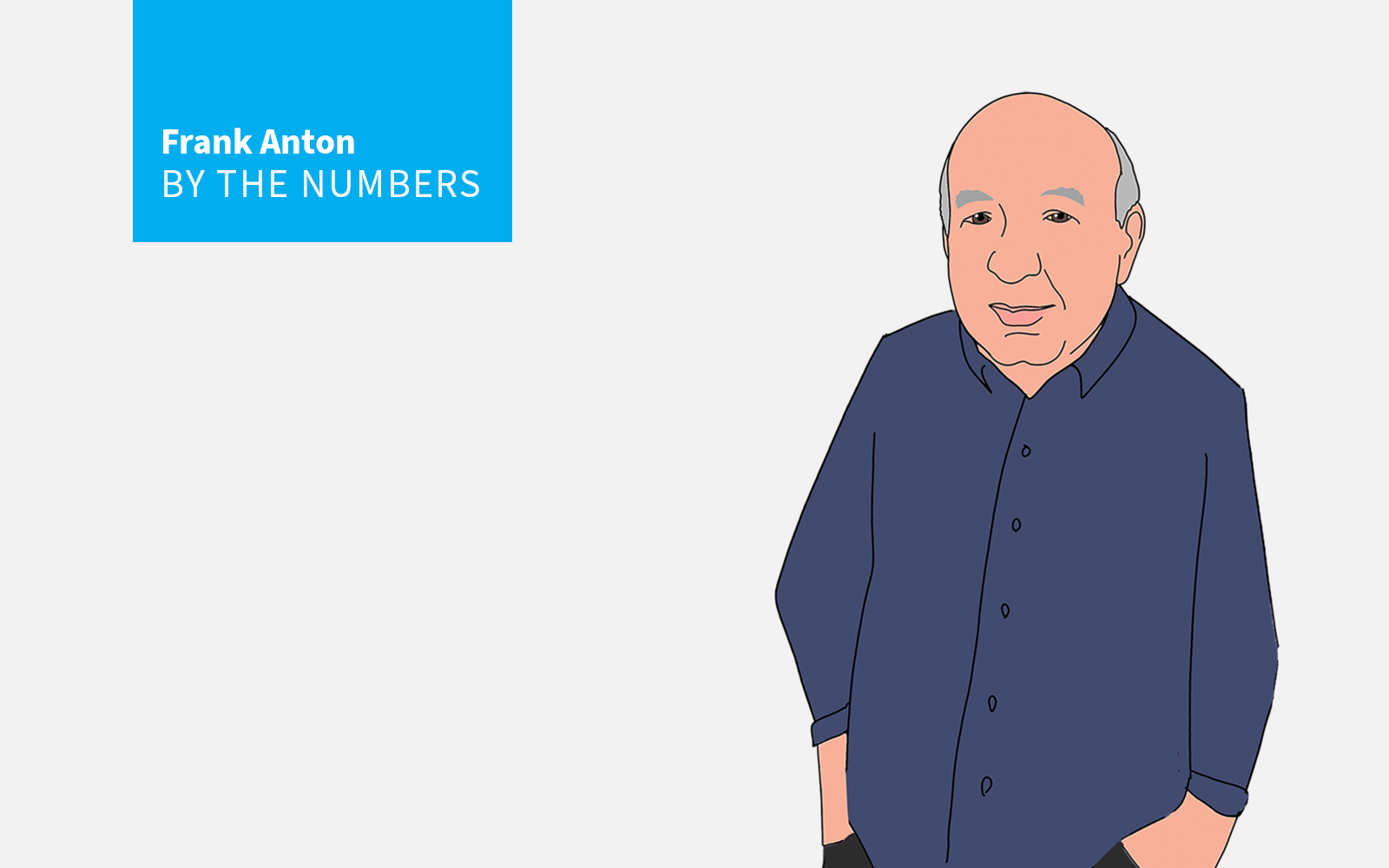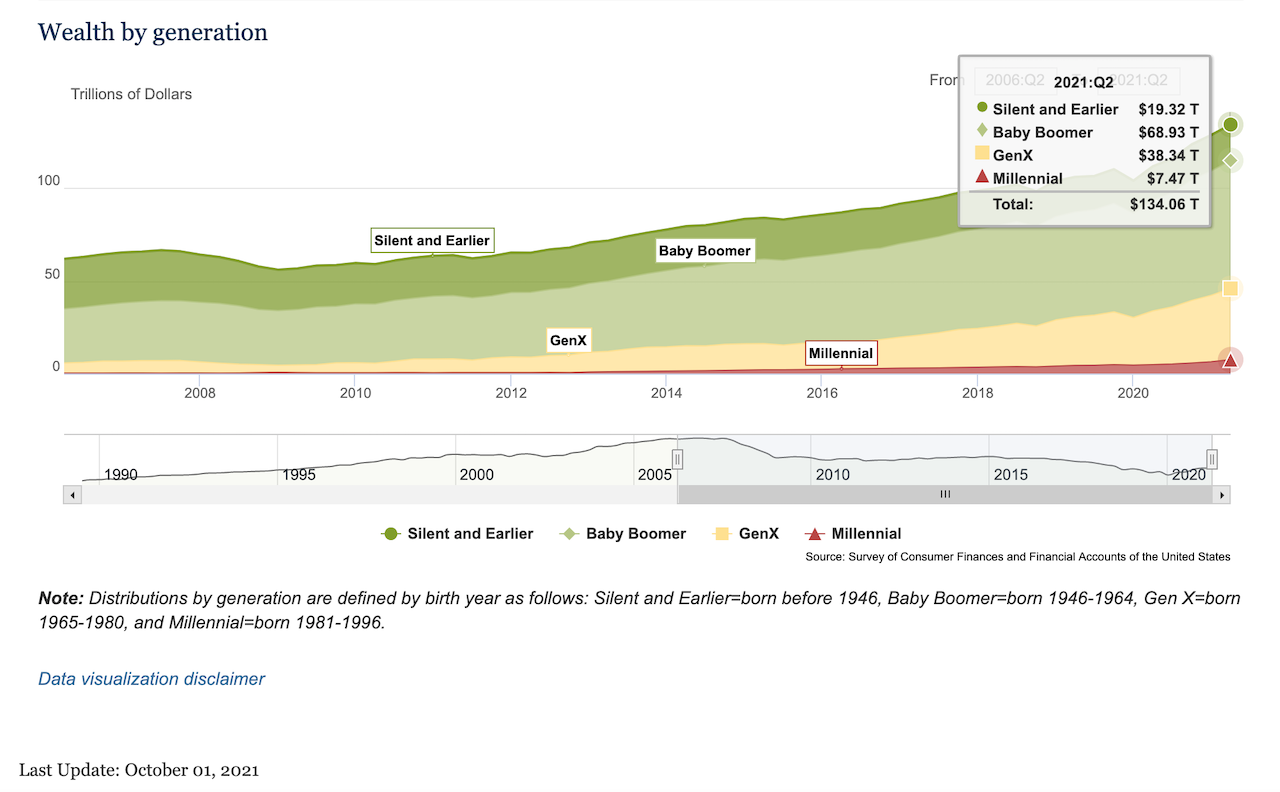Marketing & Sales
Hidden In Plain Sight, The Baby Boom May Be The Next Big Thing
Homebuilders, developers, and investors fixate on younger adult buyers and their path into new homeownership. Meanwhile, a still untapped -- and unconventional -- market lies ahead in a longer 55-plus runway.

$60 Trillion
That’s a really big number. How big? Well, if you had $60 trillion you could spend $60 million a day for 2,000 years and still have a few trillion dollars to spare. I mention that big number because it’s the net worth of the members of the baby boom generation, those 73 million Americans born between 1946 and 1973. And that $60 trillion is two times the net worth of Gen X and more than 10 times the net worth of millennials. Not surprisingly, then, boomers outspend their children (Gen X) and grandchildren (millennials) by 2 to 1.

And that got me thinking that maybe builders aren’t paying enough attention to boomers. Instead, they focus almost exclusively on building apartments and starter homes for millennials and move up housing for Gen Xers.
Not that there's anything wrong with building apartments and starter homes for millennials and move up housing for Gen Xers. It is the same formula builders successfully followed with the baby boom. As the oldest first wave of boomers hit their 20s in the early 1970s annual multifamily housing starts exceeded one million units annually for a few years, the highest level ever. Later in that decade, as boomers married and had their first children, builders started building so-called small starter homes. (At that time I was working as a young writer at Professional Builder magazine, and for two years, it was my job to write about what we called smaller, smarter, more affordable housing.)
By the early 90s, with boomers hitting their peak earning years, builders jumped headlong into the move-up market and before long McMansions were most builders' bread and butter product. That market bottomed out with the crash in 2007-2008, and after that builders seemed to forget boomers and their focus changed to meeting housing demand from Gen Xers and Millennials.
I get it. Why not? And the working formula of moving from rentals to starter housing to nicer, bigger homes does seem still to hold for Generation X and Millennials.
But it seems to me that more builders should look more closely at opportunities to tap into the buying power of boomers. There might be a reluctance to do that because “old people” traditionally stop spending money and hunker down. Well, first of all, “old” has taken on a new meaning. Today, a 70-year old man can reasonably expect to live to 87 or so and a 70-year old woman can expect to live a little longer. That is long enough to make older boomers think about different housing opportunities.
So let me list a few types of housing I think 70-year olds might be interested in. (I speak with authority. First of all, I am 72 years old which makes me a boomer. In addition, I have a good track record when it comes to forecasting. For example, in the mid-1980s I correctly predicted in a speech at a builder conference that the housing industry would consolidate and that a small group of builders would come to control a big share of housing starts. And, I was right. After that I predicted that while sprawl would continue, there would be real opportunities for builders in the urban core and the oldest, closest in suburban rings. I was right again. Never mind that in the 1970s I predicted that most houses would have solar collectors by 1990 or so.)
In any case, here is my list of good opportunities for builders who can see older boomers as a target market:
- Smallish, relatively moderately priced condos on passed-over suburban sites. This is housing for boomers who want to sell their big house, but stay in the same suburban area for one reason or another.
- Get away housing. Think of these as sort of cabins or lodges within 50 to 100 miles from home that can be a place to escape for the weekend.
- Inner-city condos. After decades in the suburbs, some boomers will see a walkable, high-energy environment as just what they are looking for. For the most affluent boomers, this could be a second home.
- Vacation second (or third) single-family homes or condos. Think Aspen, think Nantucket. Places with sex appeal where a 70-year old could spend a month or two or three away from it all.
- Big time remodeling. Some boomers will want to stay put but in addition want all the luxury and low maintenance of a new home.
Not all of these opportunities are for every builder. Certainly a large volume builder isn’t going to remodel a 30- or 40 year old tract house.
But I really do think there are plenty of rich, new opportunities for builders to serve older boomers, otherwise known as Americans with a net worth of $60 trillion.
Join the conversation
MORE IN Marketing & Sales
Why Homebuilders Should Stop Ignoring the Move-In Moment
Buyers don’t just want a new home — they want a seamless handoff into it. Concierge services may be the zero-cost amenity that becomes a new industry standard.
When Homebuyers Pull Back, Builder Brands Must Step Up
In markets under stress, consistency, empathy, and value-driven messaging provide builders with a critical edge among today’s cautious buyers. Advisor Barbara Wray gets real about the path forward for homebuilders today.
What Separates Homebuilders Thriving Amidst 2025’s Chaos
Builders face rising stakes to unify tech, data, and operations or risk falling behind amid affordability, insurance, and labor challenges.
